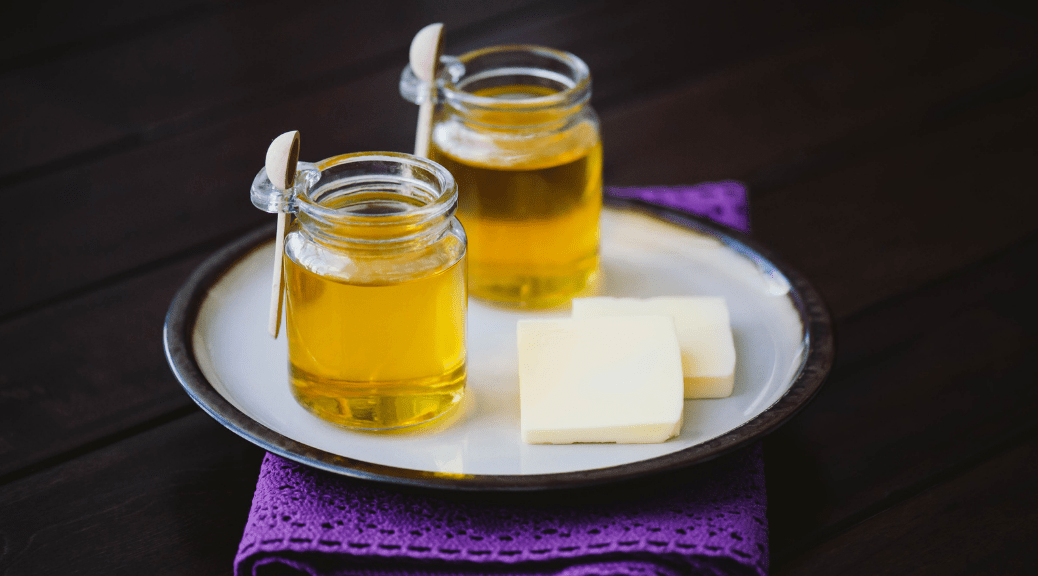Case title: Cloudtail India Private Limited. Versus Central Consumer Protection Authority CCPA Appeal No. 4 Of 2022 (Against the Order dated...

Sabudana Unveiled: The Tapioca Tale and Beyond
Sabudana Unveiled: The Tapioca Tale and Beyond
Sabudana holds a special place in the hearts and traditions of millions. These small, translucent globules have become synonymous with fasting seasons in India, particularly during religious festivals like Navratri, Shivaratri, Ekadashi, and Saawan season. During these periods of abstinence from certain foods, sabudana emerges as a dietary staple, offering sustenance and culinary delight. In this article, we will discuss the origins of sabudana, its nutrient profile, and some labelling and handling tips that can enable informed food choices.
By Richa Pande
It is crucial to recognize that despite the common reference of sabudana as ‘sago’, sabudana is not the same as sago pearls. Sago pearls are derived from the Sago Palm Tree, while the sabudana we consume is made from Tapioca Tubers. In various countries like Australia, Brazil, and India, tapioca pearls made from cassava and cassava roots are also referred to as sago, sagu, or sabudana, but they are not obtained from the sago palm tree. Tapioca pearls and sago pearls differ from each other, even though both are starchy in nature. Sago is a starch obtained from the pith of the tropical palm tree known as the sago palm tree. On the other hand, tapioca pearls are made from the starchy part of the cassava roots, a starchy tuber plant originally found in South America but now grown worldwide in tropical regions. The consumption of ‘Tapioca Pearls’ in Kerala, India, is believed to have been popularized by the royal family of Travancore during the colonial era as a response to famine. The tapioca was extensively washed, and over time, this processing technique led to the creation of sabudana. The extraction process of sabudana involves harvesting the starchy parts of the plants, chopping, pounding, and thorough washing to separate the starch granules from the fibrous residue. After washing, the starch is left to settle, and excess water is drained off. The wet starch is then further processed to remove impurities and obtain the fine, pearl-like granules, which are eventually dried, packaged, and sold. Sago pearls are usually white, while tapioca pearls come in a variety of colours. Tapioca balls are sometimes bleached to achieve a white appearance.
Sabudana is a naturally gluten-free food, making it an excellent option for individuals with gluten sensitivity or celiac disease. With approximately 330-350 calories per 100 grams, sago is mainly derived from carbohydrates, and offers minimal protein and fat content, with less than 1 gram of each. As Sabudana is rich in carbohydrates, it serves as a quick source of energy. It is particularly beneficial for individuals who need easily digestible foods, such as those recovering from illness or experiencing digestive issues. It contains approximately 11% of the Reference Daily Intake (RDI) for zinc per 100 grams.
Sabudana is a versatile ingredient that can be used to prepare a variety of delicious dishes. Here are some popular recipes made from sabudana:
- Sabudana Khichdi:A classic and popular Indian dish made with soaked sabudana, peanuts, potatoes, and spices. It is a common fasting food and can be enjoyed for breakfast or as a light meal.
- Sabudana Vada:These crispy and flavourful fritters are made from soaked sabudana, mashed potatoes, peanuts, and spices. They are deep-fried to perfection and served with chutney or yogurt.
- Sabudana Kheer:A delightful dessert made by simmering soaked sabudana in milk with sugar and cardamom. Garnished with nuts, it’s a perfect sweet treat.
Labelling Tips
- Consumer awareness on sabudana labelling starts with checking the ingredient list on the packaging. Look for products that have a simple and clear ingredient list, preferably with minimal additives or preservatives. Ensure that the primary ingredient is “Tapioca “. Avoid items that have ambiguous terms or generic descriptions like “starch” or “pearls” without specifying the source. Additionally, be cautious about any allergens or potential cross-contamination mentioned on the label to ensure the product is safe for consumption if you have a food allergy. Being diligent about ingredient scrutiny empowers consumers to make healthier and more informed choices when selecting sabudana products. When consuming sabudana during fasts, ensure that the label does not include any allergy warnings about the product being processed in machinery used for cereal products like wheat.
- When checking the label, also look for terms like “unbleached sabudana.”
- Look for quality mark logos such as Agmark, or ISI (Indian Standards Institute), which indicates that the product complies with specific quality and safety standards. These logos provide reassurance about the product’s authenticity and adherence to regulatory guidelines. By incorporating these two practices, consumers can make well-informed choices, ensuring both the quality and safety of the sabudana they purchase.
Handling Tips
Proper storage and handling of sabudana are essential to maintain its quality and prevent spoilage. Here are some storage and handling tips for sabudana:
- Store in a Cool, Dry Place:Keep sabudana in an airtight container in a cool and dry area, away from direct sunlight and moisture. Excess humidity can cause the pearls to stick together or become mouldy.
- Protect from Pests:Ensure the storage container is tightly sealed to prevent pests and insects from contaminating the sabudana.
- Check for Expiry Date:Always check the expiry date on the packaging before purchasing. Use the oldest stock first to maintain freshness.
- Wash Before Use:Before using sabudana in any recipe, wash it thoroughly in cold water until the water runs clear. This helps remove excess starch and ensures the pearls do not clump together during cooking.
- Soak Properly:If the recipe requires soaking sabudana, use an adequate amount of water, usually 2 to 3 times the volume of sabudana, and soak it for the recommended time to achieve the desired texture.










